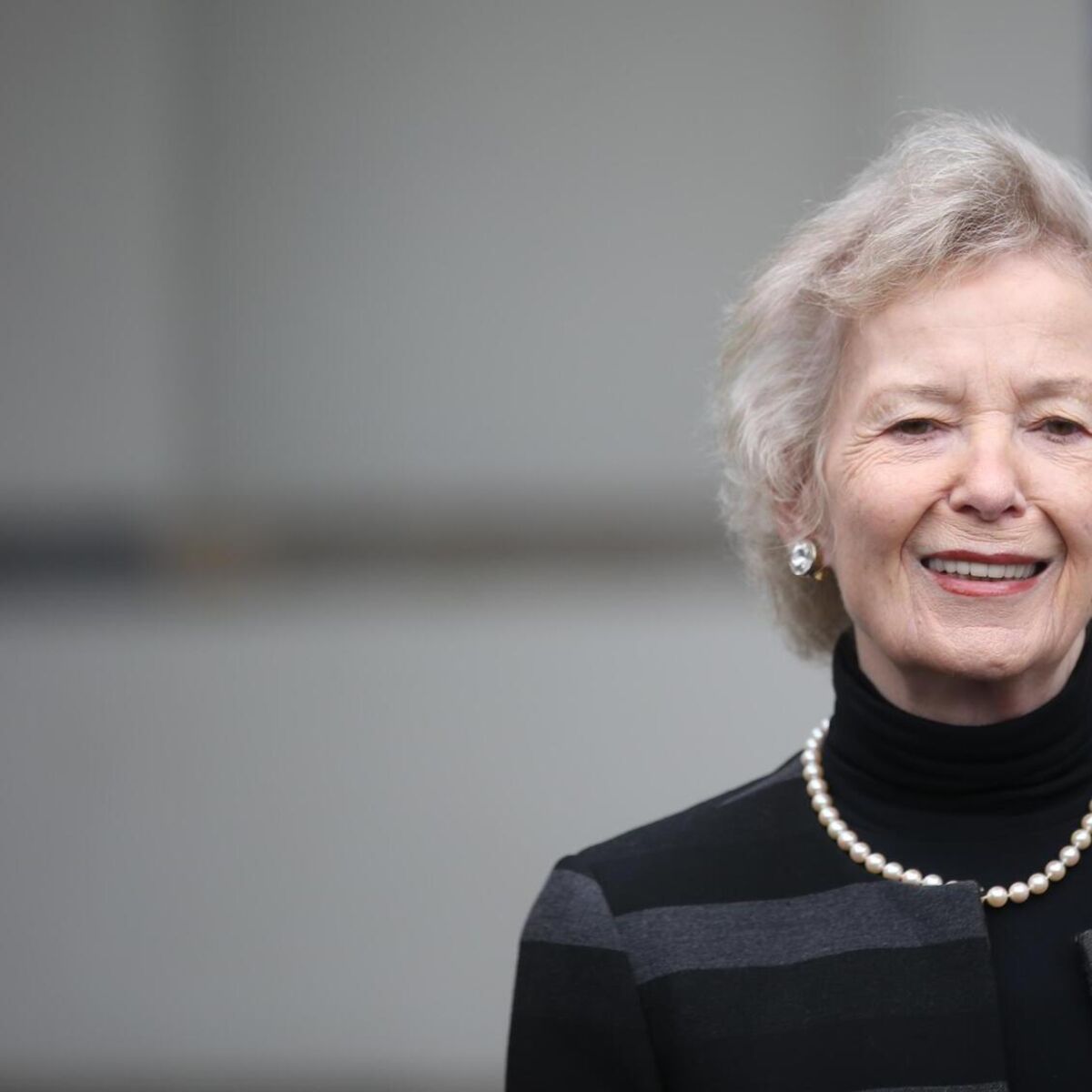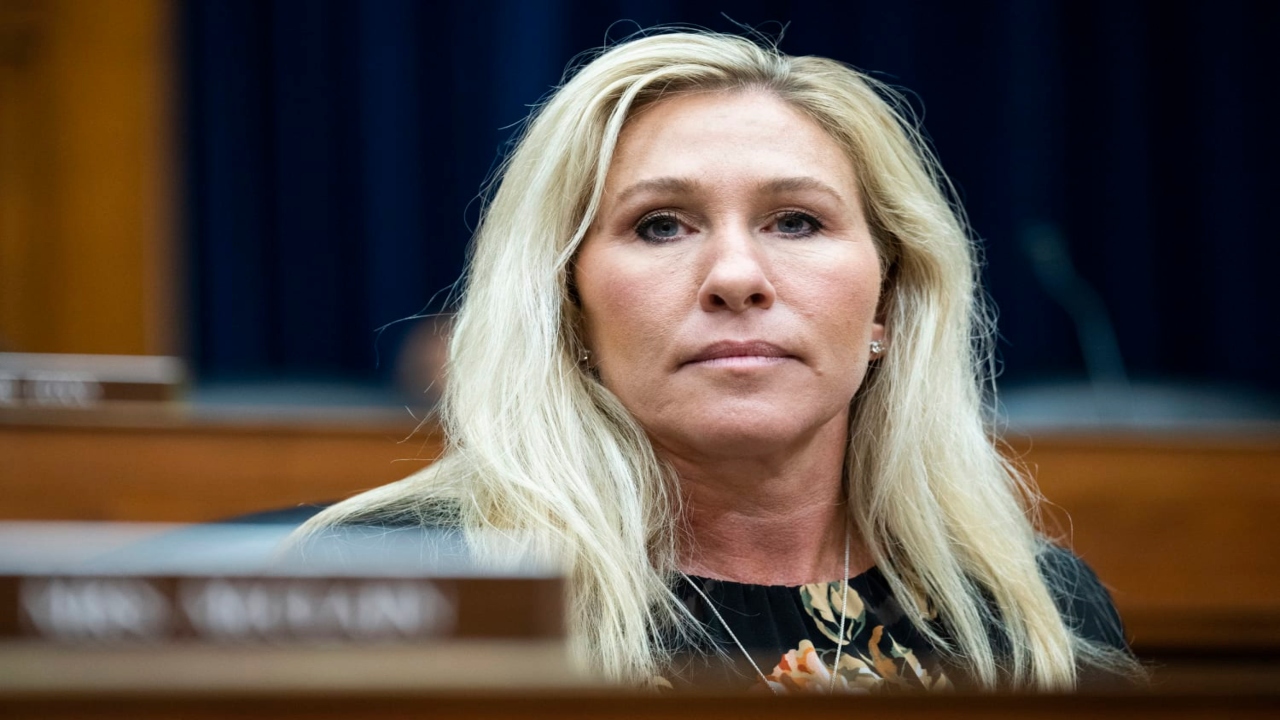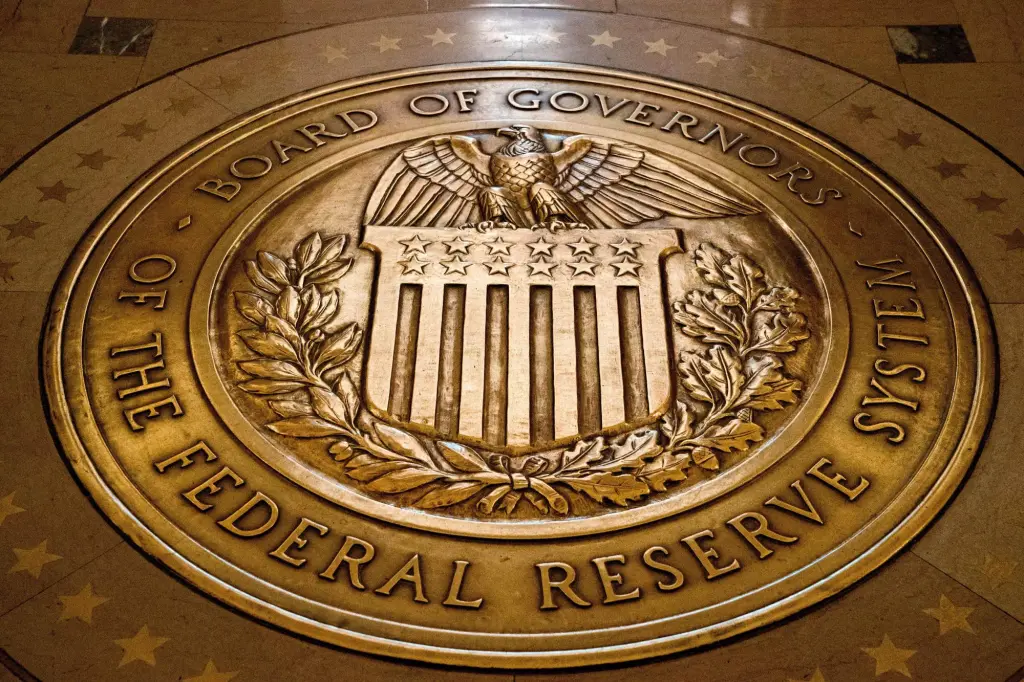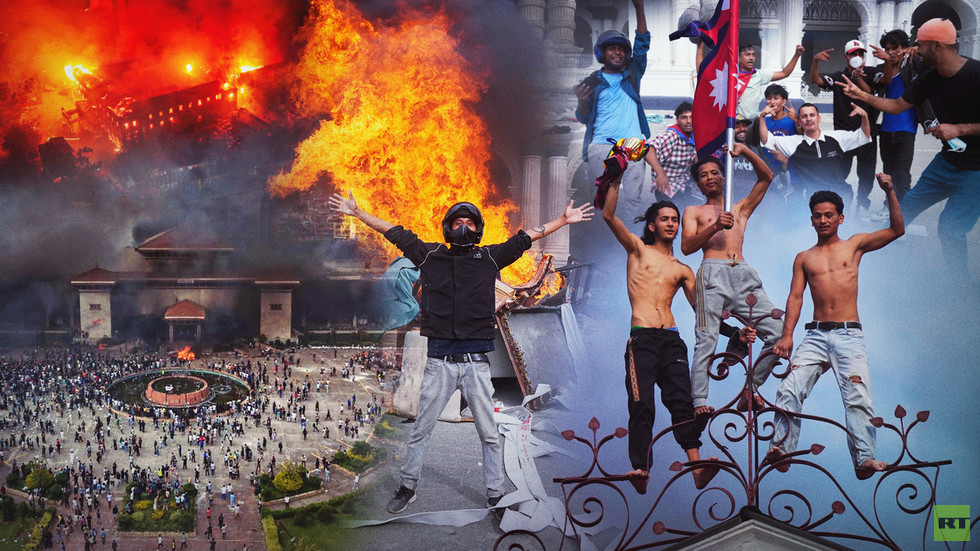By Irishexaminer.com,Laura Cahillane
Copyright irishexaminer

In the early years, presidents generally conformed to this restrained vision. By the late 1980s, the office was even seen by some as redundant, prompting calls for its abolition as a needless expense. That perception shifted dramatically during the presidency of Mary Robinson. Frequently credited with “saving” the institution, Robinson reimagined the role as one that could push the boundaries of constitutional convention while still working within its formal limitations.
Robinson’s actions were often controversial: She met with the Dalai Lama despite pressure from China and discomfort within the Haughey government; she became the first Irish president to meet Queen Elizabeth; and famously shook hands with Gerry Adams, stating that in doing so, she was shaking the hands of the people of West Belfast who elected him. In reinterpreting the presidency as a platform for symbolic and moral leadership, she laid the groundwork for successors to continue shaping the office in more outspoken and public-facing ways.
President Michael D Higgins, in particular, has taken a more activist approach to the role, frequently commenting on social justice, inequality, and policy issues. This has sparked debate about whether such remarks stray into the territory of political partisanship or even constitutional breach.
The matter is not straightforward. While the Constitution outlines the president’s powers and duties, it does not require political neutrality. At the same time, the holder of the office is constrained in many of their duties as a result of Article 13.9, which requires the president to perform their duties “on the advice of the government”.
Indeed, the president must first seek the approval of the government before addressing a message to the nation on any matter and before any address to the nation or the Houses of the Oireachtas, he must also consult the Council of State.
The rules of parliamentary debate also provide that the conduct of the president is not open to comment.
All of this is to ensure that there will not be a conflict between the president and the government of the day. Article 12.9 even provides that the president cannot leave the State without governmental consent. While these provisions don’t overtly forbid public commentary, they are clearly designed to avoid conflict between the president and the government — reflecting a strong constitutional preference for neutrality.
Over time, a convention has developed — similar to that applied to judges — that the president should remain above politics. But unlike legal rules, conventions are not enforceable. They are part of the unwritten code of political conduct: More about restraint and discretion than formal limitation.
As the role of the presidency has evolved and candidates campaign openly, their views are well known before they assume office. As a result, it is arguably unrealistic to expect them to remain entirely apolitical. Robinson described her role as a “voice for the people”, and while the presidency has traditionally involved only two formal roles — head of state and guardian of the Constitution — it seems as though a third role has been added: That of symbolic spokesperson for the Irish people.
This evolution has breathed new life into the office and ensured its continued relevance. However, boundaries remain, and while they can be stretched, they should not be broken.
Open criticism of government policy, for example, crosses into more dangerous territory. The Constitution is designed to prevent such direct confrontation, and while President Higgins’ commentary has often aligned with public sentiment, this may not always be the case in the future.
Imagine a president using the office to advance divisive or partisan positions. This could undermine confidence in the neutrality and dignity of the office, particularly when exercising rare discretionary powers — such as refusing a dissolution of the Dáil.
If the president is perceived as partisan, the public may question whether such decisions are constitutionally grounded or politically motivated.
While the Constitution does not prohibit the president from making public comments, it sets structural safeguards — such as requiring government approval for official addresses — that reflect a strong desire to keep the office unifying and impartial.
In practice, these safeguards have been loosened over time, and the practice of acquiring government approval for public addresses has been dropped since Robinson’s era. The idea of the president as a voice for the voiceless has become widely accepted — at least when the views expressed are seen as universally resonant.
While a purely ceremonial presidency may no longer align with public expectations, we must be careful not to let the role evolve into a platform for political activism. A presidency that speaks out on broadly accepted humanitarian or ethical issues can enrich public life — but a presidency that begins to regularly criticise policy, or take political stances, risks undermining the very authority it seeks to strengthen.
As we face into the next presidential election and consider the future of the office, we must ask not only what kind of president we want — but what kind of presidency we are building. The voice of the people is important, but so too is the unity and integrity of the institution itself. We would do well to proceed thoughtfully through the forthcoming election campaign.
Laura Cahillane is a professor at the School of Law, University of Limerick.



